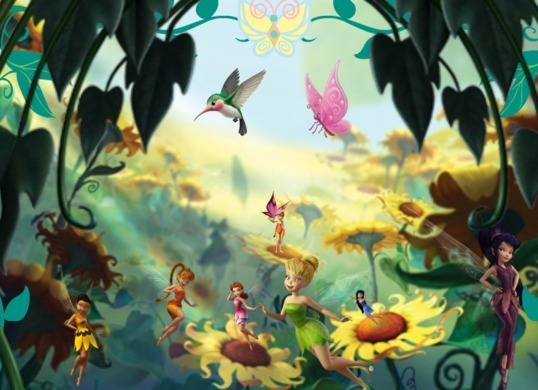About the poet:
William Butler Yeats was born in Dublin, Ireland on 13th June 1865. He was the son of a well-known Irish painter, John Butler Yeats and also learned painting as a teenager, but soon found that it was poetry that he preferred.
Yeats was involved with the Celtic Revival, a movement against the cultural influences of English rule in Ireland during the Victorian period. This movement sought to promote the spirit of Ireland’s native heritage. Though Yeats never learned Gaelic himself, his writing drew extensively from Irish mythology and folklore. Also, a potent influence on his poetry was the Irish revolutionary Maud Gonne, who was famous for her passionate nationalist politics as well as her beauty.
Yeats shared with his American counterparts, T. S. Eliot and Ezra Pound, a pessimism about the political situation in his country and the rest of Europe, but he never abandoned his strict adherence to traditional verse forms. He was also one of the founders of the famous Abbey Theatre in Dublin. He was awarded the Nobel Prize in 1923. He died in 1939 at the age of seventy-three.
About For Anne Gregory:
“For Anne Gregory” by W. B. Yeats was published in 1933 as part of his collection of poetry entitled The Winding Stair and Other Poems.
In 1898, Yeats met Lady Augusta Gregory, an aristocrat and a poet who shared his passion for old Irish folktales and legends. Lady Gregory encouraged him to write plays on this very theme, and together they established the Abbey Theatre. Anne Gregory, who is mentioned in this poem’s title, was Lady Gregory’s grand-daughter.
In this poem, Yeats imagines a conversation between himself and the young Anne Gregory.
The Setting of For Anne Gregory:
It is well known that after 1898, Yeats spent every summer in the home of Lady Gregory at Coole Park in County Galway. Eventually, he also purchased a ruined Norman castle called Thoor Ballylee in the neighborhood. While living there, he spent a lot of time with Lady Gregory’s family, including young Anne. Perhaps this poem is set in Coole itself, at either Lady Gregory’s home or at Yeats’, on an occasion when he and Anne were talking. However, it is equally possible that the poem is set entirely in Yeats’ imagination, and that the conversation with Anne never really took place.
Summary of For Anne Gregory:
The poem consists of 18 lines in total. These lines are not divided into stanzas. Here they are divided into meaningful segments for the purposes of this summary in order to make the poem easier to understand and follow.
Lines 1 – 6:
“Never shall a young man,
Thrown into despair
By those great honey-coloured
Ramparts at your ear,
Love you for yourself alone
And not your yellow hair.”
In these lines, the poet is speaking to the young Anne Gregory. He tells her that her hair is the same color as honey. The way her hair falls over her ear, entirely enveloping it within the strands, makes the poet think of the ramparts one finds surrounding a castle and protecting it against attack from the outside. The poet knows that the sight of her beautiful hair has made many a young man fall in love with her, and also to despair for their overtures are not accepted by her. However, the poet is also sure that all the young men who claim to be in love with her love her for her yellow hair, that is, for her appearance alone. They do not know who she really is, and hence they cannot appreciate her inner beauty, being enamored of her outer appearance only.
Lines 7 – 12:
“But I can get a hair-dye
And set such colour there,
Brown, or black, or carrot,
That young men in despair
May love me for myself alone
And not my yellow hair.”
In these lines, Anne Gregory is giving the poet a response to his statement that men love her only for her outward appearance. She does not say that the poet’s point of view is entirely wrong. Instead, she says that if her yellow hair is what men like, she can easily dye it some other color. That is, she can change her physical appearance. She also suggests what color she might dye her hair, and mentions brown, black and carrot as plausible options. These, she feels, are less appealing than blonde. In other words, she is saying that she can choose to look ugly if she wants. Perhaps if she looked ugly then she would get a chance to find out if it is possible for some man to look beyond her physical appearance and love her for the person she is on the inside.
Lines 13 – 18:
“I heard an old religious man
But yesternight declare
That he had found a text to prove
That only God, my dear,
Could love you for yourself alone
And not your yellow hair.”
In these lines, we once again hear the poet speaking. He tells Anne Gregory that the previous night he had come across an old man who was quite religious-minded. This old man had asserted that he had found a manuscript in which it was written that only God will be able to love Anne for more than her physical appearance. In other words, the poet is saying that it is a truth since time immemorial that men cannot easily judge women on anything other than their looks. He is also paying Anne the compliment that she can never look ugly even if she wants to.
Some online learning platforms provide certifications, while others are designed to simply grow your skills in your personal and professional life. Including Masterclass and Coursera, here are our recommendations for the best online learning platforms you can sign up for today.
The 7 Best Online Learning Platforms of 2022
- Best Overall: Coursera
- Best for Niche Topics: Udemy
- Best for Creative Fields: Skillshare
- Best for Celebrity Lessons: MasterClass
- Best for STEM: EdX
- Best for Career Building: Udacity
- Best for Data Learning: Pluralsight













